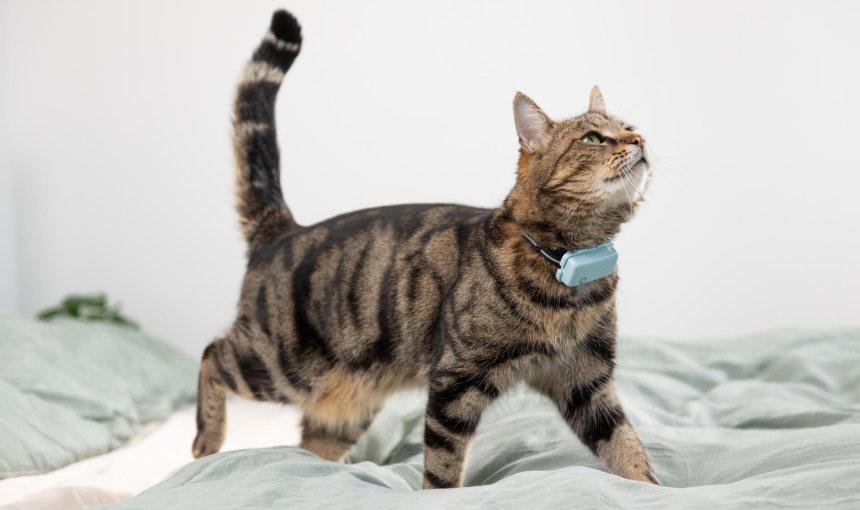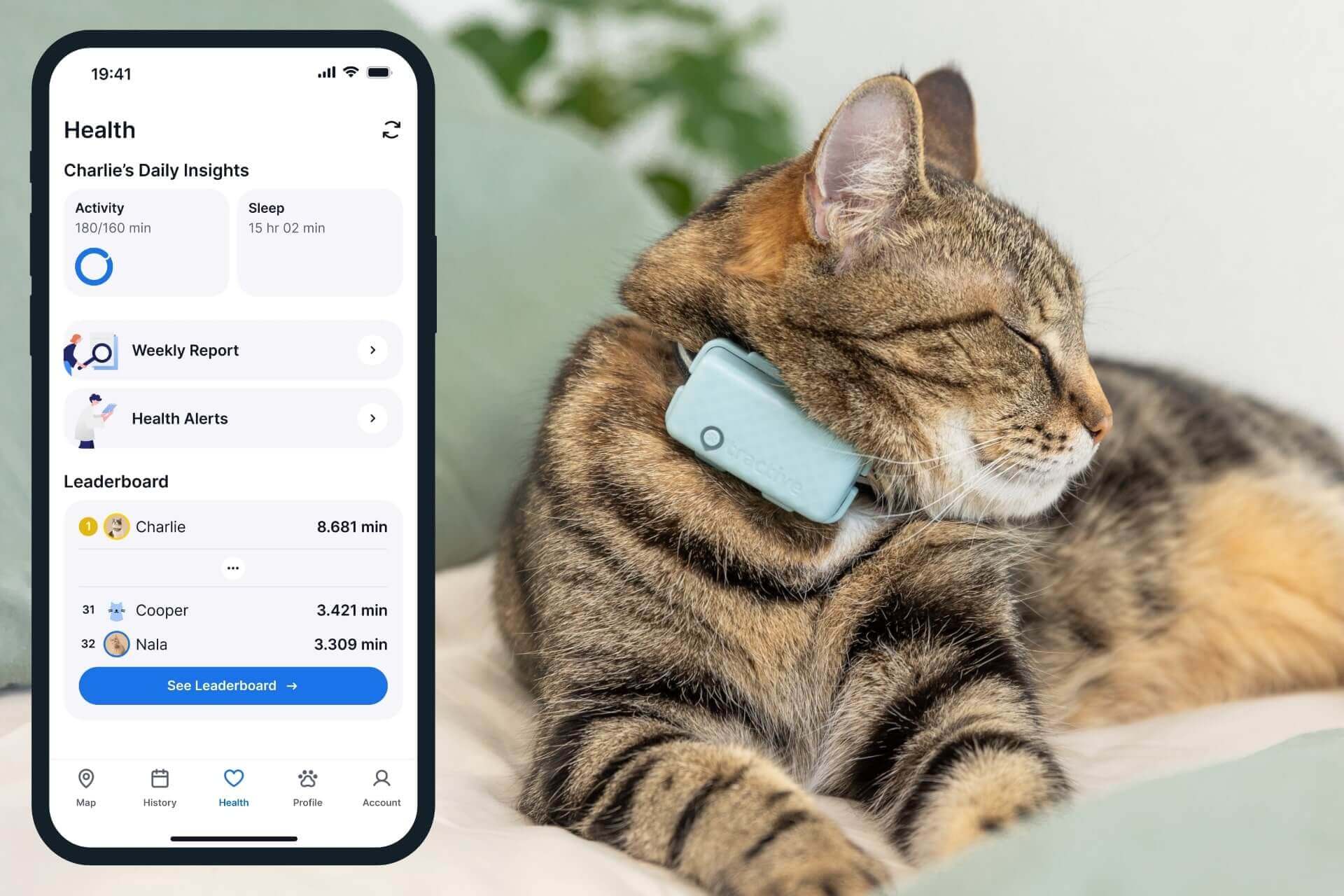How To Take Care Of A Cat
Learn the basics of cat care, from feeding and grooming to health monitoring, to ensure your feline friend stays happy and healthy.

Cats are some of the most loving, independent, and mysterious creatures you can welcome into your home. Whether you want to adopt a cat, or you’re caring for a stray, providing the best care possible is key to ensuring their health, happiness, and well-being. So if you’re wondering how to take care of a cat, we’ve got you covered! In this guide, we’ll break down the essential aspects of cat care, from feeding to grooming and everything in between.
Key Takeaways
Provide a proper diet and a safe space
Cats are obligate carnivores and require a meat-based diet. They also need a safe, comfortable space with hiding and resting spots to feel secure.
Prioritize health care
Regular vet visits for vaccinations and parasite control are crucial. Spaying or neutering can also reduce unwanted pregnancies, roaming behaviors, and aggression.
Grooming and mental stimulation are important
Regular grooming, like brushing and nail trimming, is essential. It’s also important to keep your cat physically and mentally active.
The Tractive smart cat collar is a helpful tool
Strapped to your cat’s collar, it can monitor their activity levels for potential health concerns and track outdoor cats via real-time GPS tracking.

Find out where your cat spends their time.
Read moreProvide proper nutrition
A well-balanced diet is essential for your cat’s overall health. Unlike dogs, cats are obligate carnivores, meaning they thrive on a meat-based diet. Here’s how to ensure you’re feeding your feline friend the right way:
- Choose the right food: Look for high-quality cat food that is specifically formulated for their age and health needs. Kittens, adult cats, and senior cats all have different dietary requirements.
- Wet vs. dry food: Both wet and dry food have their advantages. Consider a mix of both to give your cat variety and balance.
- Fresh water: Always have clean, fresh water available. Cats are prone to urinary tract issues, and hydration plays a vital role in preventing them.
Create a safe, comfortable space
Cats love having their own personal space. It’s important to create a safe environment where your cat feels secure and can retreat when needed. Consider the following:
- Provide a cozy resting spot: Cats enjoy quiet, soft spots for napping. A comfy cat bed or a soft blanket on a high perch will help them feel safe and relaxed.
- Give them hiding spots: Cats love to hide and sometimes need time alone. Set up a cat tree, tunnels, or cardboard boxes for them to explore and hide in.
- Keep the environment calm: Sudden loud noises or stress can upset your cat. Try to keep their environment as peaceful as possible.
Regular vet check-ups and health monitoring
Regular veterinary visits are crucial for monitoring your cat’s health. During check-ups, your vet will ensure that your cat is up-to-date on vaccinations, flea and tick prevention, and other important health matters.
- Vaccinations: Cats should be vaccinated against common feline diseases like rabies and feline leukemia.
- Parasite control: Fleas, ticks, and worms are common problems for cats, so be sure to use appropriate treatments.
- Spaying or neutering: If your cat isn’t already spayed or neutered, this procedure will not only help control the pet population but also can improve your cat’s behavior and health.
Health Monitoring with a Tractive smart cat collar: Keeping track of your cat’s health has never been easier. With a smart cat collar, you can monitor your cat’s movements and activity levels, spotting early signs of changes in behavior or fitness. If your cat suddenly becomes less active, your Tractive device can help you alert a vet to potential health concerns.

Grooming and hygiene
Cats are generally very clean animals, but they still need some grooming to stay in top shape:
- Brushing: Regular brushing helps prevent hairballs and mats, especially in long-haired breeds. Brushing also stimulates blood flow to their skin, promoting healthy fur.
- Nail trimming: Trim your cat’s nails regularly to prevent them from becoming too long and causing injury. Start trimming early to get your cat used to the process.
- Litter box hygiene: Clean the litter box daily to ensure your cat has a fresh, comfortable space to do their business. Cats are particular about cleanliness and might avoid a dirty litter box.
Play and mental stimulation
Cats may be independent, but they still need regular playtime to stay mentally and physically fit. Engaging your cat in play has a lot of benefits:
- Interactive toys: Try using laser pointers, feather wands, and puzzle toys that encourage your cat to use their natural hunting instincts.
- Cat trees and scratching posts: Cats love to scratch, and a sturdy scratching post can prevent them from damaging furniture while satisfying their instinct to mark territory.
If you’re using a Tractive GPS tracker, it can also help you monitor your cat’s activity levels. If you notice your cat isn’t moving as much or isn’t engaging in play, this might indicate a behavioral or health issue that needs attention.
Keep them safe outdoors
Some cats enjoy spending time outdoors, but this comes with safety concerns. If you allow your cat outside, consider the following precautions:
- Supervised outdoor time: Rather than allowing your cat to roam freely, consider supervised outdoor time or leash walks. This gives your cat the experience of the outdoors while keeping them safe.
- Tractive GPS for outdoor cats: If your cat enjoys roaming outside, a GPS cat collar will help you locate them if they wander too far. The Tractive smart cat collar allows you to set up Virtual Fences, so you’ll get an alert if your cat strays beyond a designated area.
Understanding behavior and emotional needs
Cats can be mysterious creatures, but understanding their behavior helps you build a stronger bond:
- Vocalization: Cats communicate through meows, purrs, and growls. Pay attention to their vocalizations, as they often indicate what your cat wants or needs.
- Affection: Cats show affection in various ways, such as rubbing against you, purring, or following you around. These are signs of a healthy bond.
- Territorial instincts: Cats are territorial creatures, so they might become stressed by changes in the household, new pets, or unfamiliar visitors. Be patient with them during transitions.
Caring for senior cats
As cats age, they may require additional care. Keep an eye out for signs of aging, such as changes in appetite, sleep patterns, or behavior. Senior cats may also experience joint pain or dental issues, so it’s important to make adjustments to their diet and environment to accommodate these changes.
Emergency preparedness
It’s important to be prepared for any health emergencies. Keep your vet’s contact information handy and know where the nearest 24-hour animal clinic is located. Having a first-aid kit with essential items like bandages and antiseptic can also be helpful.
Conclusion
Taking care of a cat involves much more than feeding and petting them. It’s about creating a safe, loving environment, monitoring their health, and engaging with them in meaningful ways. By keeping up with regular vet check-ups, grooming, and playtime, you can help ensure your cat remains happy, healthy, and part of your family for many years to come.
Want to learn more? Then check out: How Do Cat GPS Trackers Work? A Simple Guide for Cat Parents



